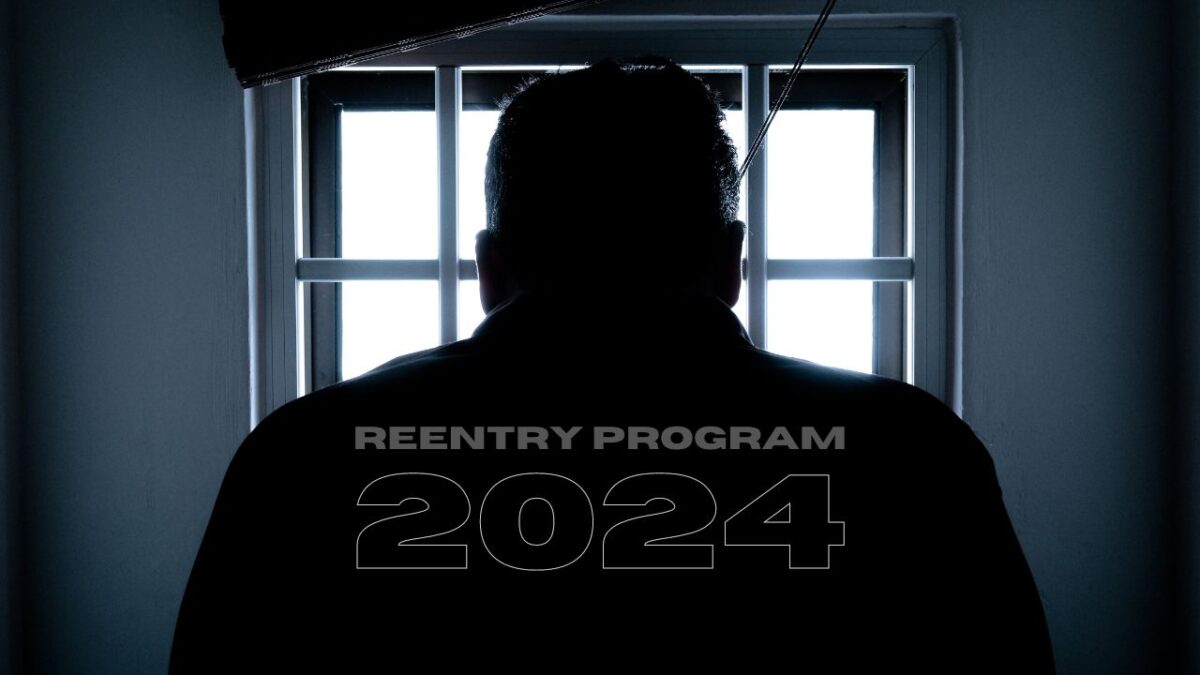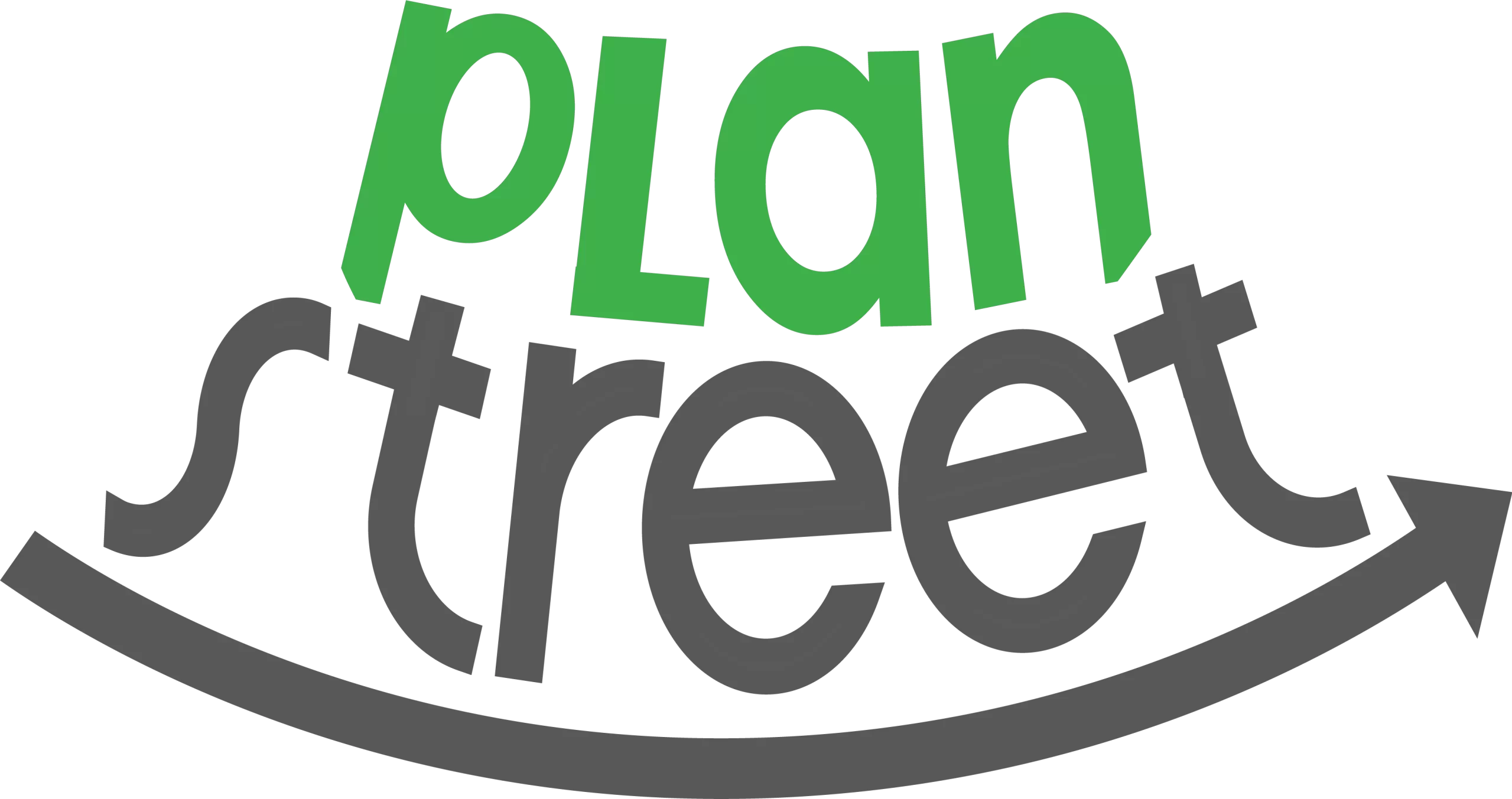Reentry Program Grant Funding to Watch For in 2024

There were over 1.7 million Americans imprisoned in 2024. Few incarcerated people have a safe and secure home to return to once they’re released. This issue causes high recidivism rates, which is the amount of people who are arrested and put in jail again after their initial release. In the state of California, 65% of people released from prison are arrested again in the next three years.
These rates are so high due to the extreme barriers people experience when they’re released from prison, including:
- Difficulty obtaining employment
- Lack of stable housing
- Insufficient education
- The absence of a prosocial support network (people who can help without expecting anything in return).
The best way to reduce recidivism rates is through successful reentry programs. In this article, we’ll discuss what reentry programs are and how to secure nonprofit grant funding.
Reentry Programs for Parolees, Felons, and Ex-Offenders
A reentry program offers services to help inmates with the transition from prison or jail back into their homes and communities. Reentry programs look different based on the services needed for each individual. On a federal level, the Federal Bureau of Prisons funds Residential Reentry Centers. Colloquially known as a halfway house, these reentry housing programs provide a safe location outside of prison for recently released inmates to prepare for society.
Residential Reentry Centers offer assistance with employment. They connect residents to job fairs and offer guidance with resume writing and interview strategies. Additionally, these centers provide substance abuse treatment and mental health care. Residents receive referrals for further treatment and continue medications and other services received while in prison.
Countless community-based (CBO) and state-level organizations provide reentry program services as well, particularly in large cities. In Los Angeles, CBOs such as the Chrysalis community reentry program offer services to help released prisoners secure jobs. Due to California’s Fair Chance Act, it’s illegal for employers with five or more employees to ask about a person’s criminal record. This act gives CBOs a chance to help hiring organizations get to know the person before making a snap employment decision based on their criminal history.
How to Secure Funding for Successful Reentry Programs
Money for prisoner reentry programs can come from a multitude of places, including private donations, tax dollars, and grant funding. A large portion of grant funding comes from the federal government. The Justice Department granted more than 110 million dollars in 2021 to support reentry programs.
If you’re operating a nonprofit reentry organization, take a look through the resources below to learn more about grant opportunities that could be open to you in 2024.
Federal Grants for Reentry Programs 2024
While the Bureau of Justice Assistance has not yet released its grant funding applications for 2024, be sure to subscribe to their email updates and social media. This will alert organizations to when grants become open and other potential opportunities to support your clients. Additionally, take a look at awarded reentry grants from 2023. Seeing who won each grant can help your organization decide which grants to apply for in 2024.
Even though the exact funding has not been established, Congress released its proposed performance budget for 2024. Be sure to keep an eye out for the following potential funding opportunities.
Accelerating Justice System Reform
In this program, $300 million will go to help implement the Safer America Plan. This plan focuses on helping state and local agencies prevent violent crime. The goal is to lower the amount of unnecessary incarceration in the criminal and juvenile systems. Additionally, it will give state leaders the tools to help with intervention, rehabilitation, and reentry programs. If this plan goes through, an additional $14.7 billion over nine years will be allocated to implement these solutions.
Eliminating Records-Related Barriers to Youth Success
One of the barriers to employment for juvenile youth who have been through secure confinement is their criminal record. This program would provide grants to state, local, tribal, and private organizations that offer services to help incarcerated youth expunge, seal, or vacate their records. The funding request currently sits at $15 million.
The State and Local Law Enforcement Assistance Account
Every year, the Bureau of Justice Assistance allocates discretionary funding at the state and local levels. These funds can be used for a myriad of solutions, including:
- Systemic criminal justice system reform
- Alternatives to incarceration
- Violent crime prevention
- Evidence-based reentry programs
- Help with substance misuse through treatment and diversion programs
For 2024, the requested funding for this account is $2.4 billion. While not all of this money is for grants, there will be formula and discretionary grant programs that come from this funding. One of those grant programs is the Byrne Justice Assistance Grant. This provides state, local, and tribal governments with resources to prevent and control crime. A portion of this funding goes to programs for prevention and education, as well as drug treatment.
The Second Chance Act (SCA) Program funds reentry services for state, local, and tribal agencies, including:
- Housing
- Educational and employment assistance
- Mental health services
- Substance abuse treatment services
- Family-support services
All of these services work toward the goal of reducing recidivism and helping men and women reenter their communities safely.
State Reentry NonProfit Grants 2024
Every state has a separate system of grants for reentry. If you’re a nonprofit, find the state grant website where your agency is located. Below are reentry program grant opportunities for three of the most populated states: California, New York, and Illinois.
California: Rehabilitative Investment Grants for Healing and Transformation Grant 2.0
The California Department of Corrections and Rehabilitation has set aside over $20 million for California nonprofit organizations to provide a new program for current inmates. These programs must fulfill the purpose of “delivering trauma-informed, rehabilitative, and/or restorative justice programming in CDCR institutions.”
Application Deadline: Tuesday, 11/28
If you miss the application deadline for this program, all state-funded Califonia grant opportunities can be found at the Califonia Grants Portal.
New York: Improving Effectiveness and Efficiency of the Criminal Justice System
While the grants for jail reentry programs for 2024 in New York have not officially opened, Governor Hochul announced her FY 2024 budget highlights. She’s allocated a significant amount of funding to improve the criminal justice system, including $11.5 million for reentry services to help individuals reintegrate into their communities after serving prison sentences.
Illinois: Charitable Trust Grant
Illinois offers the Charitable Trust Grant twice a year that comes from fees paid by nonprofits to operate in the state. This grant focuses on a wide variety of areas, including food, housing, and workforce development programs. Any nonprofit can apply for this grant, as long as it meets the following criteria:
- A not-for-profit corporation that is exempt from federal income taxation
- A not-for-profit organized under the Illinois General Not-for-Profit Corporation Act of 1986
- The organization is domiciled in the State of Illinois and provides services exclusively in Illinois.
- Has the equivalent of at least one full-time paid employee.
- Has an operating budget of $1 million or less.
- Has adopted a policy of non-discrimination based on race, gender, sexual orientation, age, national origin, disability, family status, or religion.
- Additionally, not-for-profits with a person, or immediate family member holding an elective office making more than $60,000 will not be eligible.
- The total grant request can’t exceed 30% of the organization’s budget, and should not exceed 25% of overhead costs unless the grant will be used for a one-time expenditure.
- Organizations that do not file AG990-IL forms regularly due to an exemption must provide a recent audited financial statement to be considered.
Access the online application to apply for your Illinois-based nonprofit. The Spring 2024 Grant Cycle runs from January 1-March 31, 2024.
SAMHSA Reentry Grants
The Substance Abuse and Mental Health Services Organization regularly offers grants for nonprofits and other entities that offer services for substance abuse and mental health. Sometimes, these grants are specifically for prisoner reentry programs.
While no announced grants for 2024 are for reentry programs specifically, SAMHSA has offered grants as recently as last year. The Adult Reentry Program grant covered recovery and reentry services to sentenced adults in the criminal justice system, specifically for those with substance abuse.
If you think your organization would be the perfect fit for a SAMHSA grant, be sure to sign up for their email updates about new grant funding announcements.
Reentry Software for Case Management
Case managers work in reentry programs to match clients with the necessary services to enter into society. They needed data-driven, holistic solutions to factor in each client’s unique background and struggles, such as life experiences before prison, the age they were incarcerated, and their existing family structure.
Reentry software for case management offers an organized, self-contained system to quickly match clients with their service needs. PlanStreet’s reentry software helps case managers offer the best care possible to their clients with:
- Centralized and up-to-date data insights. Check on the status of each client and follow up as needed through the software.
- Personalized reporting and case plan builder to create a one-of-a-kind plan.
- Detailed program progress and attendance tracking to ensure no client slips through the cracks.
- Customizable document library to take the guesswork out of critical paperwork such as intake forms.
- Reliable security and encryption that safely stores your client’s personal information.
Reentry case management software simplifies the administrative process. That way, case managers can spend more time working one-on-one with clients to problem-solve for optimal solutions.
Prepare for Grant Funding With PlanStreet
Grant applications often require thorough reporting and evidence-based practices to secure the grant. Provide data-driven applications with PlanStreet’s case management software. Create tailored reports with hundreds of data visualizations to easily showcase your nonprofit’s successful services.
Additionally, the software simplifies grant accounting as well. Once you’ve won your grant, you can manage every element in PlanStreet’s grant management software. It offers:
- Simple grant distribution: Disperse money for activities on a micro-level.
- Unified reporting of grant use: See the entire history of your grant in one click.
- Uncluttered grants assigning: Once a grant has been completely used, the option disappears, protecting your organization from overspending.
To learn more about how PlanStreet’s customizable software can simplify grant funding and other case management needs, schedule a live demo with our team today.
